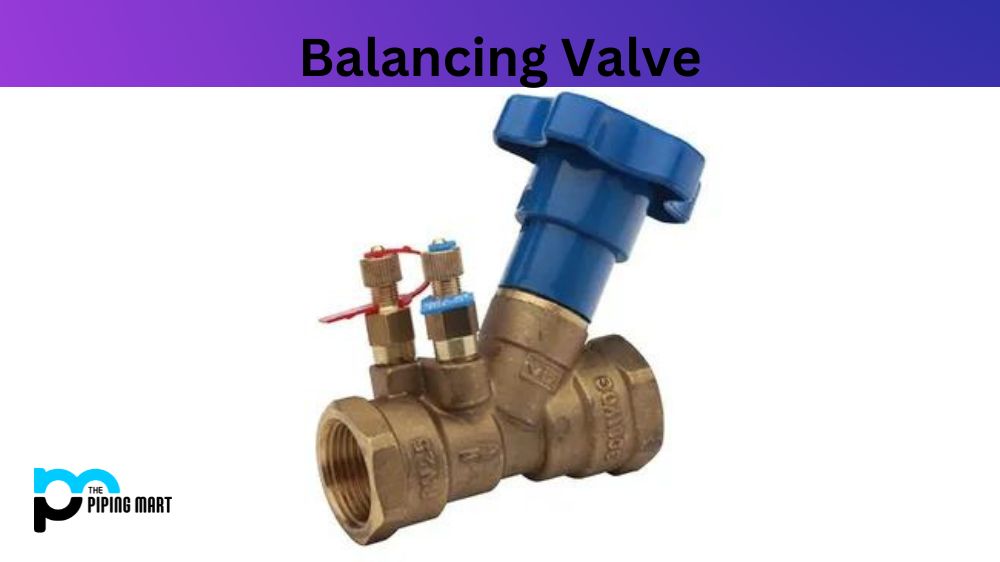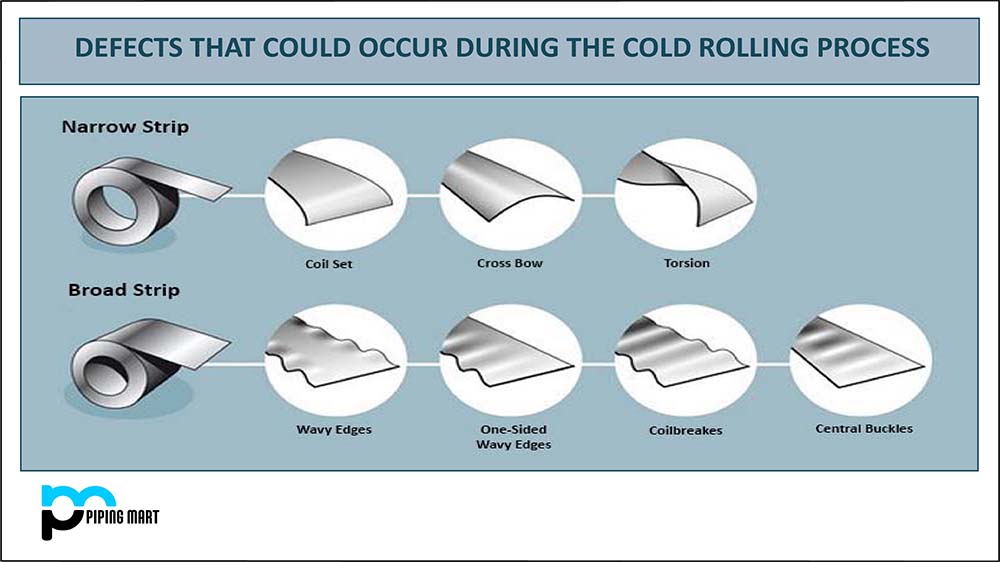A balancing valve is commonly used in hydronic heating and cooling systems. This type of valve is designed to regulate the flow rate of water through the pipes in a system, helping to maintain an even distribution of water flow and temperature across the system. In this blog post, we will explore the properties, uses, and applications of balancing valves and how they can be used effectively.
What is Balancing Valve?
A balancing valve is a specialized valve used in plumbing and heating systems to regulate the flow of water or other fluids into certain areas. By adjusting the valve, you can maintain a steady pressure across all fixtures, ensuring even temperatures and optimal performance. Additionally, they can be used to isolate parts for maintenance or repair while leaving other sections operational.
Balancing Valves Properties:
Balancing valves come in various types, materials, and sizes but share a few key properties. They are designed to be installed in specific locations in a piping system to regulate water flow and pressure. Balancing valves can be manual or automatic, allowing for precise adjustments to the water flow rate. They can be installed in various pipe sizes and materials, often made from brass, stainless steel, or other durable materials.
Balancing Valves Uses:
Balancing valves are used in many applications where precise control of water flow and temperature is important. They are commonly used in heating and cooling systems and industrial applications such as chemical processing plants and power generation facilities. Balancing valves can also be used in fire protection systems, which help ensure adequate water flow and pressure to firefighting equipment.
Balancing Valves Applications:
Balancing valves can be used in various applications, but they are most commonly found in hydronic heating and cooling systems. These systems use water as a heat transfer medium, requiring precise water flow and temperature control to maintain the desired indoor climate. Balancing valves are also commonly used in chilled water systems, which are used to cool large commercial and industrial buildings. They can help ensure that the system’s cooling capacity is distributed evenly and that the temperature at each point in the system is consistent.
How to Use Balancing Valves:
Using balancing valves effectively requires a good understanding of the system in which they are installed. The first step is determining each system branch’s design flow rate based on the load and the desired temperature. Once this has been established, the balancing valves can be adjusted to regulate each branch’s flow rate and pressure, ensuring that the water is distributed evenly and the temperature is consistent throughout the system. It is important to ensure that the flow rates are regularly monitored and adjusted as needed to maintain optimal performance.
Conclusion:
In conclusion, balancing valves are an important component of many heating and cooling systems and industrial applications, where precise control of water flow and pressure are critical. By regulating water flow, these valves help to maintain an even distribution of water throughout the system, ensuring consistent temperature and performance. Whether designing a new system or retrofitting an existing one, balancing valves can help maximise efficiency and ensure optimal performance. With proper installation, monitoring and maintenance, balancing valves can help prolong your equipment’s life expectancy and ensure that your system runs smoothly for years to come.
Rachana is a dedicated and ambitious young woman who has made a name for herself in the metal industry. From her earliest days in the industry, Rachana showed a natural talent for problem-solving and a keen eye for detail. In her free time, She enjoys reading up on the latest advancements in the industry, as well as exploring new ways to innovate and improve upon existing processes.




